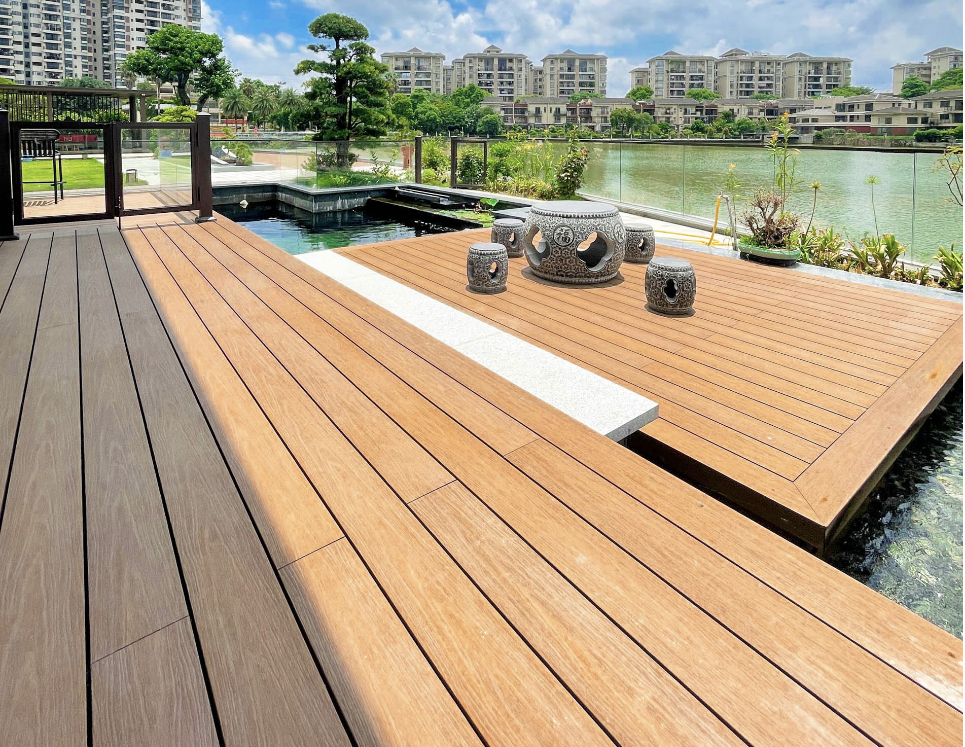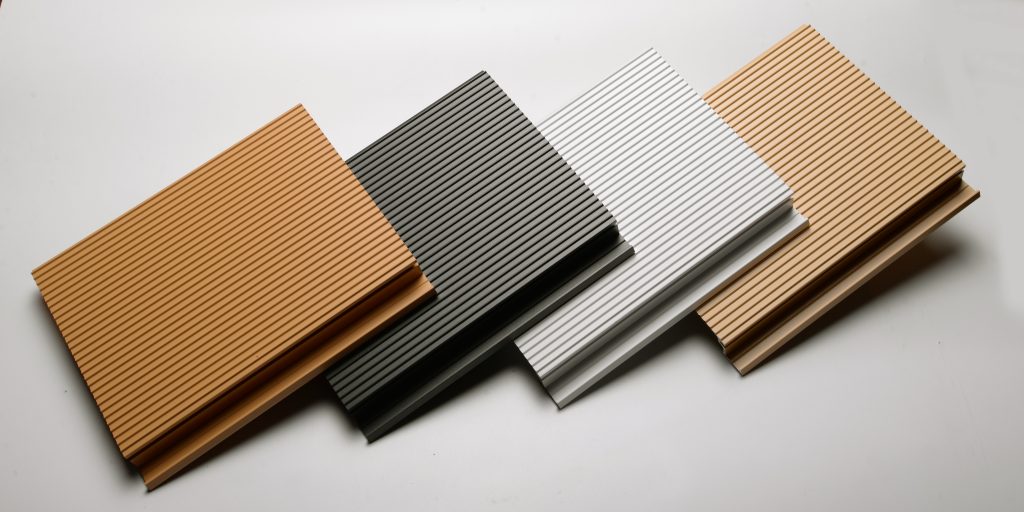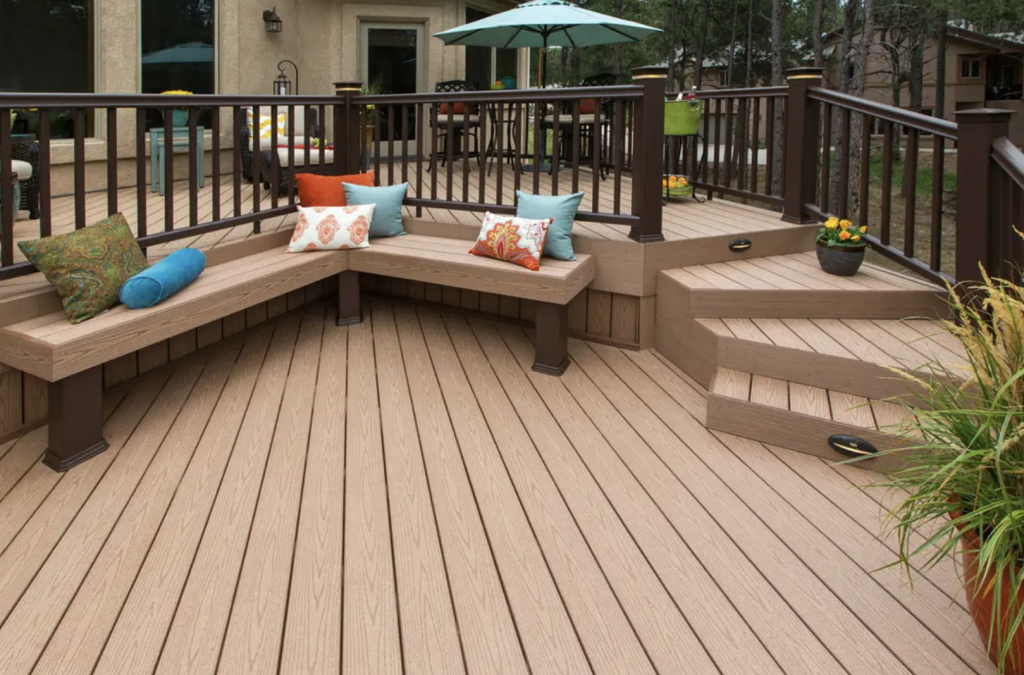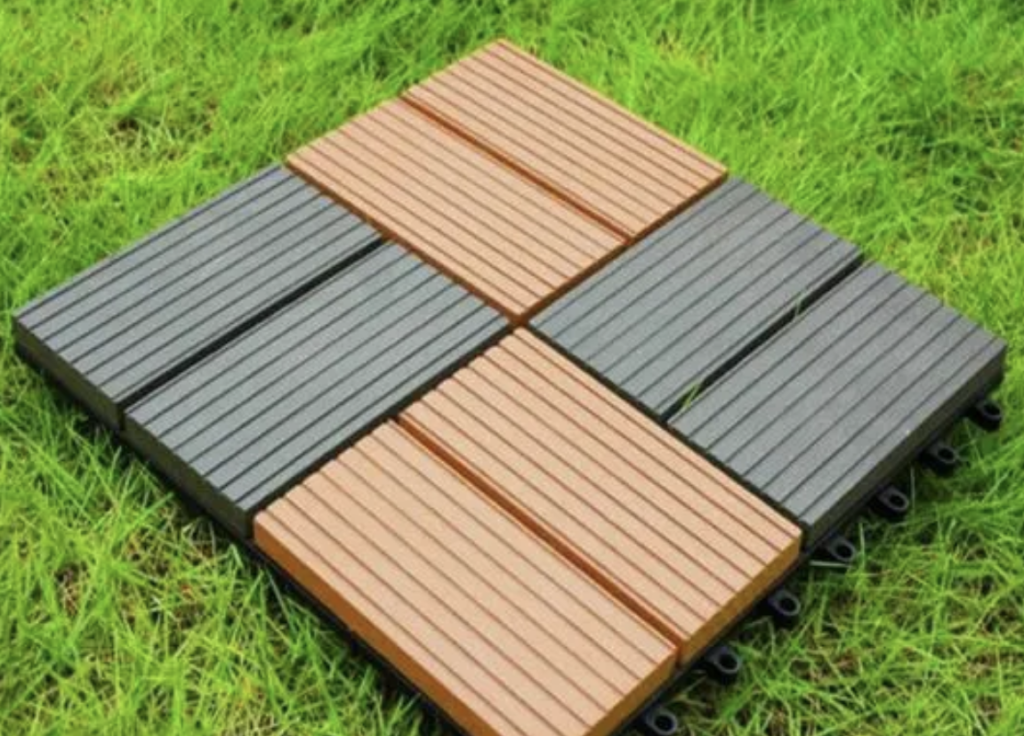Ultimate Deck Lifespan Guide: Aluminum vs Wood vs Composite

Are you planning to build a deck for your garden or patio? One key question is how long your deck will last. You want a deck that stands the test of time without draining your wallet.
This article explains how long three common deck materials last: aluminum, wood, and composite. We also cover the main factors that affect a deck’s lifespan. By the end, you will know which material matches your needs and how to make your deck last longer.
How Long Does Aluminum Decking Last?
Aluminum decking lasts 30 to 40 years with normal use. Manufacturers use 6063 or 6005 aluminum alloys for most aluminum decks. These alloys resist rust and bending.
Aluminum does not crack, warp, or rot. It stands up to rain, sun, and daily wear. You will not see splinters or mold.
Maintenance is simple. You may only need to rinse it with water from time to time. If you want a deck that lasts for decades and keeps its shape, aluminum is a smart pick. It is steady, reliable, and ready for years of backyard fun.

Factors Affecting the Aluminum Deck’s Lifespan
Technical Design
A strong design helps an aluminum deck last longer. Good design spreads weight evenly. This reduces bending and keeps the deck stable. Poor design can cause the deck to twist or sag. A well-built deck handles daily use without problems.
Aluminum Deck Surface Finishing
The deck’s finish protects the metal. Powder coating shields aluminum from rain, sun, and scratches. Without this layer, aluminum can corrode or stain. Acid rain and hail can damage an unfinished surface. Brands like Hugh Aluminum use “Akzo” powder coating. This coating helps the deck resist damage and keeps it looking new. A good finish means less maintenance and a longer-lasting deck.
How to Maintain Aluminum Decks?
Clean an aluminum deck with a high-pressure water gun. Rinse the surface to remove dirt and debris. Dry the deck with a soft cloth to prevent water spots.
Aluminum decks need less care than wood decks. You do not need to sand or seal them. If you see scratches or marks, use an aluminum polish to fix them.
Most maintenance takes only a few minutes. Quick cleaning keeps the deck looking new. This simple routine saves time and keeps your deck ready for use.
How long does a Wood Deck Last?
Wood decks are common and offer a classic look. The lifespan depends on the type of wood and the level of care.
Redwood and cedar decks can last 20 to 30 years with regular cleaning and sealing. Pressure-treated pine usually lasts 15 to 20 years if you maintain it. Hardwoods like ipe can last over 40 years with proper care.
If you do not maintain a wooden deck, it may last only 3 to 5 years. Lack of care leads to rot, mold, and sun damage.
Regular maintenance extends the life of a wood deck. Clean, seal, and inspect the boards to keep them strong. Skipping these steps shortens the deck’s lifespan.

What Factors Affect the Lifespan of a Wood Deck?
Warping and Rotting
Excess weight or constant moisture can cause wood decks to warp or rot. Warped boards become uneven. Rot weakens the wood and creates soft spots. These problems can shorten the deck’s life and lead to repairs or replacement.
Climate and Weather
Weather affects how long a wood deck lasts. Heavy snow, rain, or strong sun can damage the boards. Decks in harsh climates usually wear out faster than those in mild areas.
Material Quality and Surface Finish
The quality of the wood matters. Treated lumber resists decay and insects better than untreated wood. Decks without a protective finish can break, rot, or decay in just a few years. A good surface finish protects the wood from the sun and rain.
Regular care, good materials, and mild weather help a wood deck last longer.
How to Maintain Your Wood Deck?
Sweep the deck to remove leaves and dirt. Wash the boards to clear away mold and mildew. Clean surfaces help prevent stains and rot.
Apply a protective sealer to the wood. The sealer blocks water and sun damage. Reapply the sealer every one to three years.
Spray insecticide or a safe pest control agent if you live near trees or plants. This step protects the wood from termites and mice.
Check the deck each season. Look for loose boards, nails, or signs of damage. Fix problems early to avoid bigger repairs.
Regular maintenance keeps your deck strong and looking good. A little effort now means more time to enjoy your deck later.
How long does the Composite Deck Lifespan Last?
Composite decks use wood fibers and plastic. This mix makes the boards strong and weather-resistant. The plastic blocks moisture and pests. The wood gives a natural look.
Most composite decks last at least 20 years. Some can last up to 30 years. Composite boards resist rot, splinters, and fading better than most wood decks.
Composite decking needs little maintenance. You spend less time on repairs and more time enjoying your space.
Related products: aluminum plastic composite decking

Factors Affecting the Life of Composite Decks
Capping
Capped composite decks last longer than uncapped decks. The cap, made from HDPE or PVC, protects the boards from moisture and stains.
High Temperatures
High temperatures can cause composite boards to warp or fade. Prolonged heat exposure shortens the deck’s lifespan.
Grease and Dirt
Oil and dirt can damage the surface of composite decks. Spills left uncleaned break down the protective cap. Wipe up spills quickly and clean the surface often.
Installation
Proper installation extends the life of a composite deck. Boards need correct spacing and strong support to prevent warping and water damage.
Climate
Decks in areas with heavy rain, snow, or strong sun wear out faster. Frequent cleaning and regular checks help spot problems early.
Capped boards, quick cleaning, and good installation help composite decks last for decades. Treat your deck well, and it will last longer.
How to Maintain Composite Decks?
Clean the deck with a soft cloth or water gun. Remove dirt and leaves from the gaps between boards. Wipe the surface with a mild cleaner to prevent stains.
Do not let water stand on the deck. Sweep or dry puddles after rain.
Ventilate the underside of the deck. Good airflow helps moisture dry and prevents damage.
Simple cleaning and regular checks keep your composite deck strong and looking good.
Comparison Table: Aluminum Deck vs Wood Deck vs Composite Deck
Use this table to compare the main features of aluminum, wood, and composite decks. The chart highlights key differences in material, durability, cost, and more.
| Feature | Aluminum Deck | Wood Deck | Composite Deck |
|---|---|---|---|
| Main Material | Aluminum alloy (6063, 6061) | Natural wood (redwood, pine) | Wood fiber and plastic (PE, PVC) |
| Durability | Very high, resists corrosion | Low, can rot or warp | Good, resists rot and insects |
| Waterproof | Excellent | Poor, absorbs water | Good, but avoid long submersion |
| Fire Resistance | High | Low | Low |
| Load-Bearing | Excellent (up to 1500 lbs/sq ft) | Weak | Weak |
| Maintenance Cost | Low | High | Moderate |
| Comfort Level | Low (can feel hot or cold) | High, warm underfoot | High, comfortable surface |
| Installation | Fast and easy | Slow, labor-intensive | Fast and easy |
| Appearance Options | Limited | Many styles and grains | Many, mimics wood or stone |
| Price Range (USD/sq ft) | $30–$50 | $8–$20 | $15–$30 |
| Service Life | 30–40 years | 8–10 years (with care) | 20 years or more |
This table gives a clear, direct comparison. Pick the deck that matches your needs and budget.
Final Thoughts
Aluminum decks last the longest and need the least maintenance. This choice saves money over time.
Composite decks last longer than wood and need less care. Wood decks have the shortest lifespan and require the most upkeep.
Pick the deck that matches your needs and budget. Contact a supplier if you want to buy aluminum decks in bulk. A durable deck gives you more time to enjoy your outdoor space.



